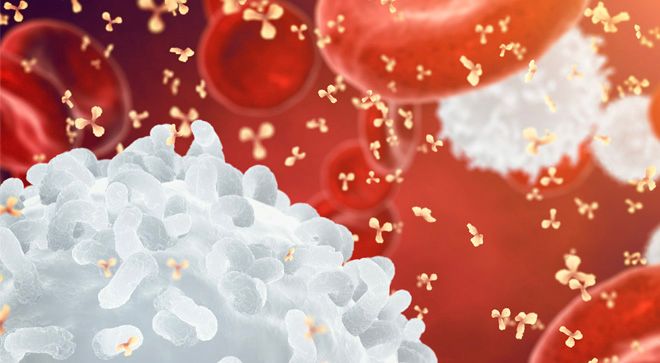Article
Treatment Landscape Continues to Evolve in Mantle Cell Lymphoma
Author(s):
In patients with mantle cell lymphoma, the introduction of BTK inhibitors continues to shape the treatment landscape.
In patients with mantle cell lymphoma (MCL), the introduction of BTK inhibitors continues to shape the treatment landscape, according to Krish Patel, M.D.
In an interview with CURE’s sister publication, OncLive, Patel took a deep dive into the significant MCL-focused data presented at the American Society of Hematology’s (ASH) 2018 Annual Meeting and discussed how these new agents offer new options for patients with this rare, aggressive form of non-Hodgkin lymphoma.
According to Patel, an oncologist at the Swedish Cancer Institute, one of the most interesting MCL-related presentations at the meeting focused on a combination of data from two phase 2 clinical trials as well as some patients who were treated off clinical trial.
In this study, researchers looked at the progression-free survival and overall survival rates of patients who were given three cycles of an induction regimen of Treanda (bendamustine) in combination with Rituxan (rituximab) in the frontline setting. Patients who experienced an appropriate clinical response went on to receive three cycles of Rituxan plus cytarabine before receiving an autologous stem cell transplant.
“I thought that abstract was particularly interesting because we don't really know what the optimal induction regimen is,” explained Patel. “We know there are a lot of different induction regimens people use and I think what this trial presents is another modern option to think about that needs to be studied in additional randomized, prospective studies, but really it provides some compelling evidence that combining bendamustine and cytarabine may be a good platform prior to autologous transplant.”
Additionally, researchers presented long-term data collected from real-world patients with refractory disease who were treated off clinical trial with Imbruvica (ibrutinib). Their goal was to examine the response in this population, report on toxicities and to compare this data with that of patients in a clinical trial who were also being treated with Imbruvica.
They found that the overall responses and clinical benefits were both similar to what has been reported in clinical trials, but the discontinuation rate was higher in real-world patients. “That was primarily driven by disease progression, but importantly, about a quarter of patients actually had to stop therapy with ibrutinib due to toxicities,” Patel said.
“That is a little higher than what has been reported in prior clinical trials, so that is an interesting outcome to note from a real-world population and I think we'll need to further understand and define why that could be,” he added. “I think that's important when we're thinking about applying our evidence to patients in practice.”
Patel went on to discuss two more BTK inhibitors that were presented at the ASH Meeting: Calquence (acalabrutinib), which was approved for use in relapsed/refractory MCL in October 2017, and zanubrutinib (BGB-3111), which was granted a breakthrough therapy designation to treat patients with MCL who have previously received at least one prior therapy in January 2019.
As Patel explained, the initial Calquence approval was based on a median follow-up of 15 months from a phase 2 clinical trial. At the meeting, the 24-month follow-up data that was presented painted a similar picture, with more than 80 percent of patients showing a response to therapy: half experienced a complete response while the other half had a partial response.
In the zanubrutinib study, patients with relapsed/refractory MCL in China were examined. In this population, according to Patel, the response rates were high. “Interestingly, in their study, the complete response rate was reported at around 58 percent or so, which is a little bit higher than what has been reported in some of the other studies,” he said.
However, it is difficult to compare this to other BTK inhibitors because the current data is not from randomized trials, Patel said, adding that “it will be interesting to see in the long-term follow-up data whether that holds true or in subsequent randomized trials whether there could be some increase in complete responses with that agent.”
Most notably, Patel explained, the updated results on the efficacy and safety profiles of all agents presented at the meeting could affect physicians’ treatment decisions. “In particular, the late toxicity data and the overall rate of continuation of the medication is a really important feature and that may be an important difference between some of these agents.”
While the data presented at the ASH annual meeting offers a wealth of insight into these agents, Patel concluded that further study involving randomized trials is needed. That way, he notes, “we're really looking at the same types of patients on these agents to make sure if there are differences, they really are from the different drugs themselves, not due to differences in trial populations or designs.”




